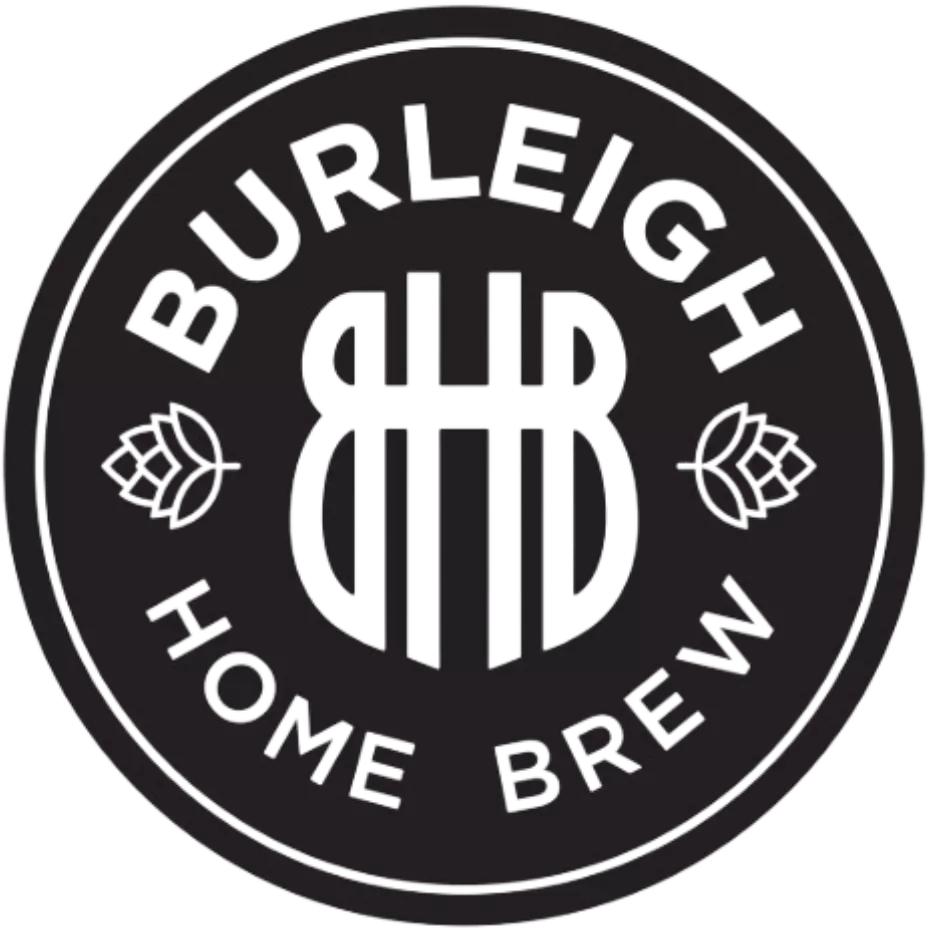The PALE ALE
Pale Ales use light malts, lots of hops, and are renowned for their hoppy taste, low-to-medium malt presence and crisp, bright bitterness.
A lighter shade of…
As the name suggests, pale ales are lighter in colour than their contemporaries. Put simply, a higher proportion of pale malts gives pale it’s distinctive hue. But, while they may be moderate, pales are capable of subtle, nuanced taste.
The Back Story
The term ‘pale ale’ was coined in the early 1700s. The beer was a clear, paler ale developed by British brewers as an alternative to dark and traditional ales. The use of coke, a coal derivative, is something unique to pale ales and allows the brewer to produce very pale malts. Over time, different brewing techniques have resulted in a world of pale ale styles.
Different Styles
As more countries made pale ale, each nation put a different spin on the beer. Today, we still use the countries as a style guide to help distinguish different types of pale ale. English is the traditional style, commonly referred to as ‘bitter’. Belgian has a maltier, less bitter finish. American pale ale is characterised by its hops which are added late in the boil. Australian pale ale is our own take on the American style with fewer hops characters and slightly sweeter due to higher yeast content. India pale ale is the big kahuna. We’ll tell you even more about this one on page 12.
What To Expect
Pale ales are renowned for their hoppy taste, low-to-medium malt presence and crisp, bright bitterness. This bitterness is offset by a natural caramel taste, as well as fruity and floral notes. It’s a happy compromise between overpowering hops and lighter, more intricate flavours.
Food Matching
Hoppier flavours and pale malts complement the kind of flavours found in a rack of lamb or a fine steak.
Come in and brew your very own today
– BHB
